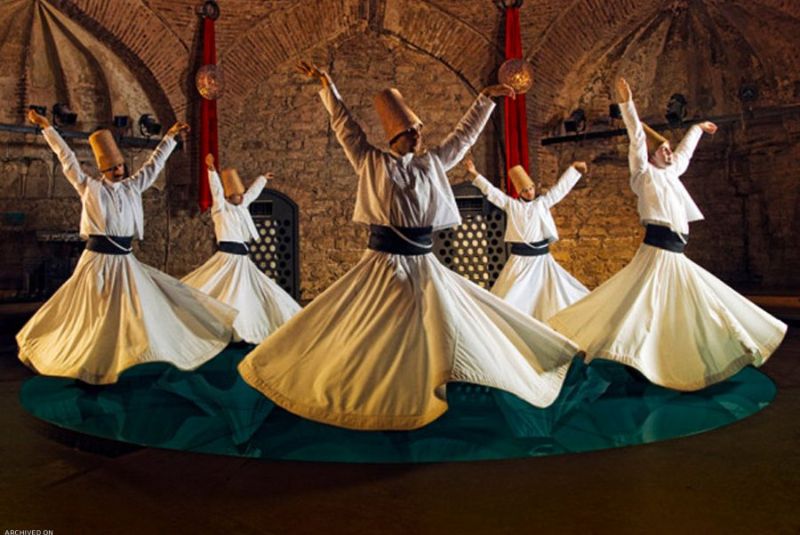politicalphishing.com – The Sama-e Tazieh, an ancient Iranian dance form, is a mesmerizing blend of music, dance, and drama that has its roots deeply embedded in the country’s rich cultural heritage. Originating from the province of Azarbaijan, this unique performance art has been a significant part of Iran’s cultural tapestry for centuries. Sama-e Tazieh, which translates to “the dance of mourning,” is a poignant expression of grief and devotion, deeply intertwined with Shia Islam’s mourning rituals.
Historical Background
The origins of Sama-e Tazieh can be traced back to the 16th century, following the Safavid dynasty’s establishment of Shia Islam as the state religion of Iran. This period saw a flourishing of Shia religious practices, including the commemoration of the martyrdom of Imam Hussein, the grandson of Prophet Muhammad, during the battle of Karbala in 680 AD. Sama-e Tazieh emerged as a form of passion play, reenacting the events of Karbala, and has since evolved into a complex and highly stylized performance art.
The Performance
A Sama-e Tazieh performance is a visually striking spectacle, characterized by its elaborate costumes, intricate choreography, and haunting music. The dancers, known as mourners or “rowzeh khans,” wear traditional attire that often includes long, flowing robes and headgear adorned with symbols of mourning. The performance typically takes place in a circular arena, with the dancers moving in a rhythmic, circular motion that symbolizes the cycle of life and death.
The music of Sama-e Tazieh is equally captivating, featuring a variety of traditional Iranian instruments such as the daf (frame drum), ney (flute), and tar (long-necked lute). The melodies are both mournful and uplifting, reflecting the complex emotions of grief and devotion that are central to the performance.
Cultural Significance
Beyond its religious significance, Sama-e Tazieh is a powerful expression of Iranian identity and cultural continuity. It serves as a bridge between the past and the present, preserving the memory of historical events while adapting to the changing cultural landscape. The performance is also a testament to the resilience and creativity of the Iranian people, who have continued to practice and evolve this ancient art form despite political and social upheavals.
Challenges and Preservation
Like many traditional art forms, Sama-e Tazieh faces challenges in the modern world, including declining interest among younger generations and the impact of globalization. However, efforts are being made to preserve and promote this unique cultural heritage. UNESCO’s recognition of Sama-e Tazieh as a Masterpiece of the Oral and Intangible Heritage of Humanity in 2008 has helped raise its international profile and secure its place in the global cultural landscape.
Conclusion
The Sama-e Tazieh is more than just a dance; it is a living testament to the enduring spirit of Iran’s cultural heritage. Through its poignant expression of grief, devotion, and resilience, this ancient art form continues to captivate audiences and inspire new generations. As we celebrate the beauty and complexity of Sama-e Tazieh, we are reminded of the importance of preserving our cultural heritage for future generations to appreciate and cherish.
